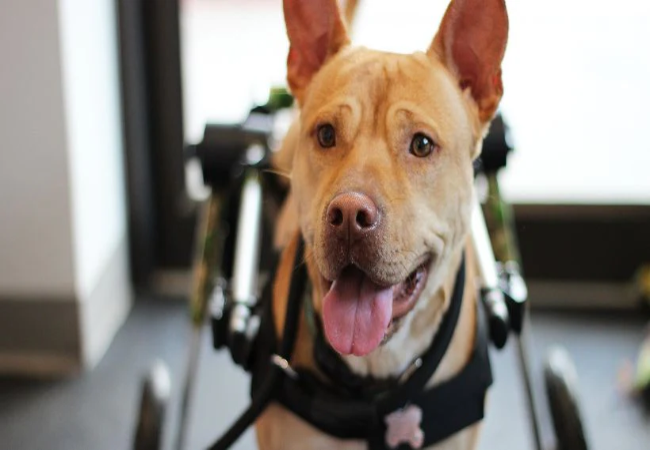Managing Dog Arthritis 2025: Vet-Approved Tips for Mobility 🐾🐶

In this article
Managing Dog Arthritis 2025: Vet-Approved Tips for Mobility 🐾🐶
By Dr. Duncan Houston BVSc
Arthritis is a common condition in dogs, causing joint inflammation, stiffness, and pain. Left unmanaged, it can significantly reduce your dog’s quality of life, making it harder for them to enjoy daily activities like walking, playing, or even resting comfortably. Fortunately, with the right care and management, dogs with arthritis can continue to live happy and active lives.
🔹 1. Consult Your Veterinarian
Before starting any treatment plan, speak with your veterinarian. They can develop a tailored approach based on your dog’s specific needs, which may include medications, supplements, or therapeutic interventions. Early intervention can prevent further joint damage and improve your dog’s mobility.
🔹 2. Weight Management
Maintaining a healthy weight is critical to reducing pressure on arthritic joints. Extra weight can worsen pain and accelerate joint wear. Work with your vet to create a balanced diet plan and monitor your dog’s weight regularly. Even a small reduction in weight can significantly improve comfort.
🔹 3. Gentle Exercise
Regular low-impact exercise helps maintain joint mobility and strengthen muscles supporting the joints. Activities such as slow walks, swimming, or hydrotherapy can be beneficial. Avoid high-impact activities like jumping or running on hard surfaces, which can exacerbate joint pain. Always check with your vet before starting a new exercise routine.
🔹 4. Orthopedic Bedding
Provide a comfortable, supportive bed designed for arthritic dogs. Orthopedic beds help cushion the joints, reduce pressure points, and make it easier for your dog to rest and sleep comfortably.
🔹 5. Ramps and Pet Stairs
Jumping on and off furniture or climbing stairs can strain arthritic joints. Consider installing ramps or pet stairs to help your dog navigate your home safely. This simple adjustment can reduce pain and prevent further injury.
🔹 6. Joint Supplements
Supplements like glucosamine, chondroitin, and omega-3 fatty acids can help support joint health and reduce inflammation. Always consult your veterinarian before starting supplements to ensure they are appropriate for your dog and to determine the correct dosage.
🔹 7. Pain Management
Pain relief is essential for dogs with arthritis. Your vet may recommend nonsteroidal anti-inflammatory drugs (NSAIDs) or other medications to help manage discomfort. Always follow the prescribed dosage and never give human medications without veterinary guidance.
🔹 8. Physical Therapy
Canine physical therapy can improve joint mobility, muscle strength, and overall comfort. Techniques such as stretching, hydrotherapy, and targeted exercises can help your dog move more freely. Ask your veterinarian for a referral to a certified canine rehabilitation therapist.
🔹 9. Alternative Therapies
Some dogs benefit from alternative therapies like acupuncture, laser therapy, or massage. These therapies can help reduce pain, improve circulation, and enhance overall quality of life. Discuss these options with your vet to determine what is suitable for your dog.
🔹 10. Regular Veterinary Check-Ups
Schedule routine veterinary visits to monitor your dog’s arthritis and adjust the treatment plan as needed. Regular check-ups help catch changes early, allowing timely interventions to prevent further discomfort.
✅ Key Takeaways
Every dog responds differently to arthritis treatments, so a flexible, personalized approach is essential. Combining weight management, gentle exercise, pain management, and supportive care can dramatically improve your dog’s quality of life. With your attention and the guidance of your veterinarian, your arthritic dog can continue to enjoy mobility, playtime, and companionship.



